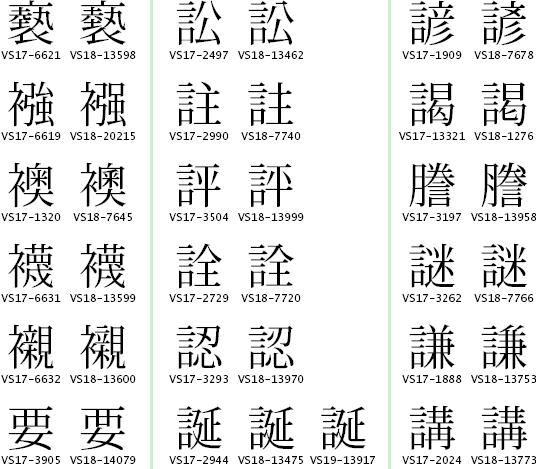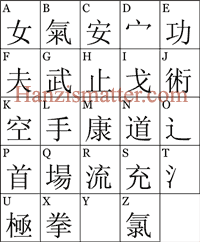Related sorts of Internet-influenced mixed scripts, abbreviations, and loan words are also popular in Taiwan and China among the young.
“よøぎㅎビλĦㅎコ_¤ 읍ㅎF_しち흐ロっㅉヴ”_≥∇≤☆”
This is one of the commonly used words of teenagers on the Internet. It means: “Hello. You are so cool.”
The language used on the Internet is passing over the danger level for breaking down Hangeul, the Korean alphabet.
Up until recently, it was just writing down the words as they were heard or shortening words, like “ban-ga-wo” (meaning ‘glad to see you’ in Korean) to “bang-ga” or “yeo-ja-chin-gu” (meaning “girlfriend” in Korean) to “yeo-chin.” However, lately, it has gotten to the point where words that the general public cannot understand at all are being used.
The language for these words used by some netizens for communication, mixing special characters, Japanese, Chinese characters and Korean, are called “alien words.”
The meaning of alien words such as “㉯㉯납별뉨ⓔ는ⓔ렇퀘글쓰능高☆로㉯뽀게생각안훼 (I, Byeol-nim, do not think using words this way is that bad)”, can be guessed when looking closely, but some seem like codes, such as “읍ㅎ℉를_ㅁ|てつ효_∩∇∩★ (I believe in you)”.
These alien words are becoming popular among some teenage netizens who want to share secrets of their own. They even make community clubs on the Internet and talk with each other in alien words.
However, these alien words are not in the Korean spelling system, and so netizens using this language sometimes misunderstand each other. Accordingly, a translation program for alien words has appeared. It translates Korean words into alien words.
The problem here is that this language used by teenagers on the Internet is continuing into use in everyday life, becoming a serious threat to breaking down the Korean language.
In fact, teachers are pointing out that many students are writing “추카” instead of “축하” and “겜” instead of “게임” during writing classes. (Words are written by the way they sound or by shortening the original word.)
Accordingly, the Education and Human Resources Development Ministry (MOE) has published a teachers’ guide to refine the Korean language and effectively teach students the manners in language for everyday life to be distributed throughout schools on Monday, January 10.
This teachers guide, titled: “Refining Internet Language, Manners for Language in Everyday Life,” was written by the MOE, the National Academy of the Korean Language, the Information Communication Ethics Committee, the Korean Education and Research Information Service and the Teachers’ Clean Media Movement, and will be used during classes starting this semester.



